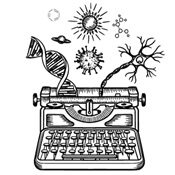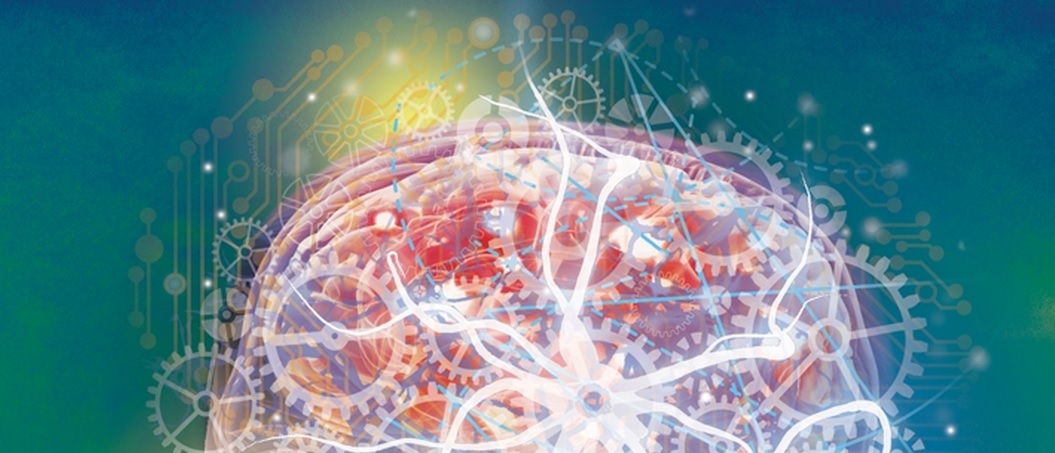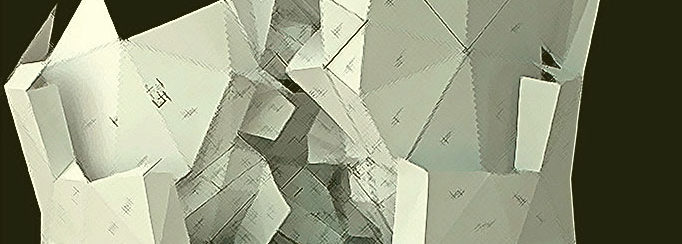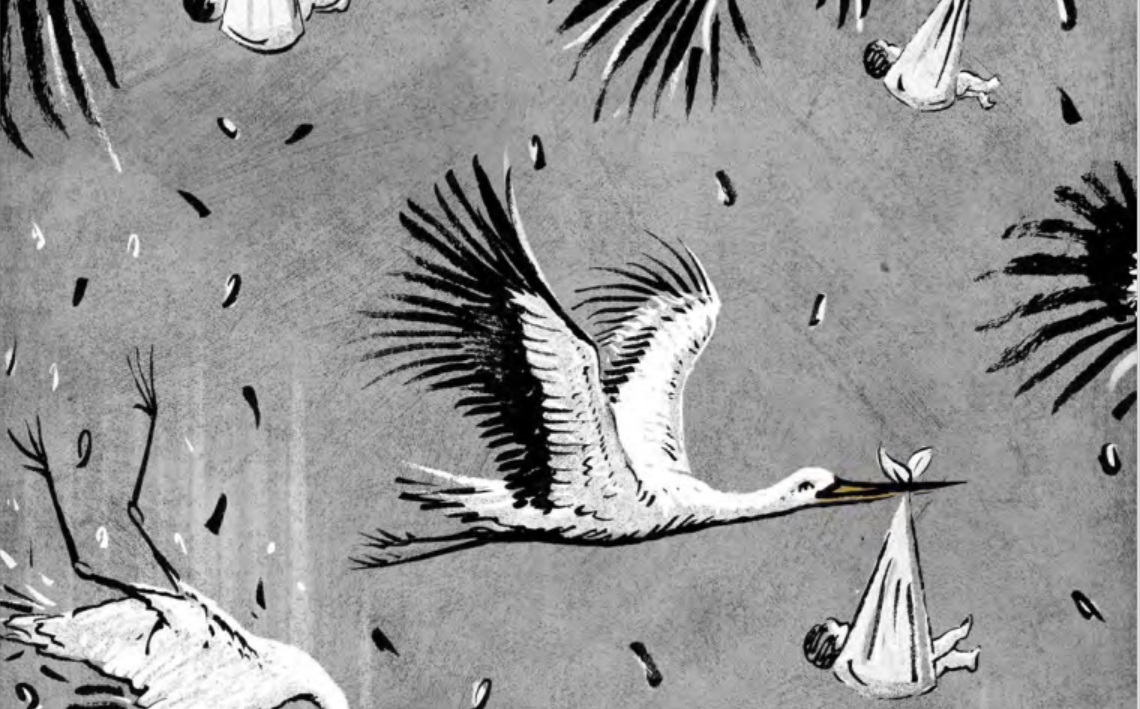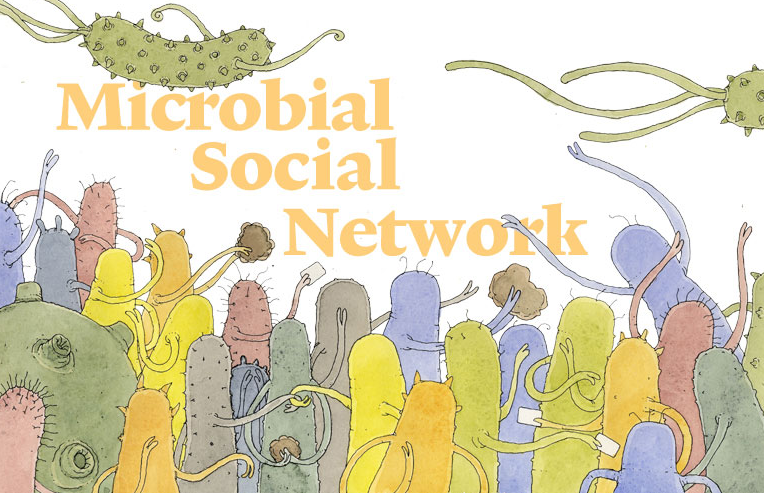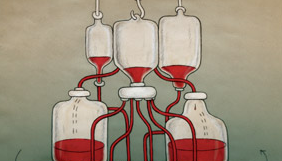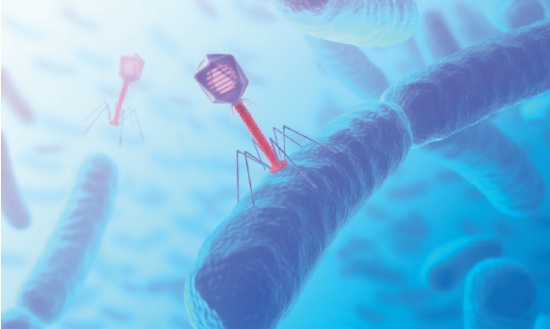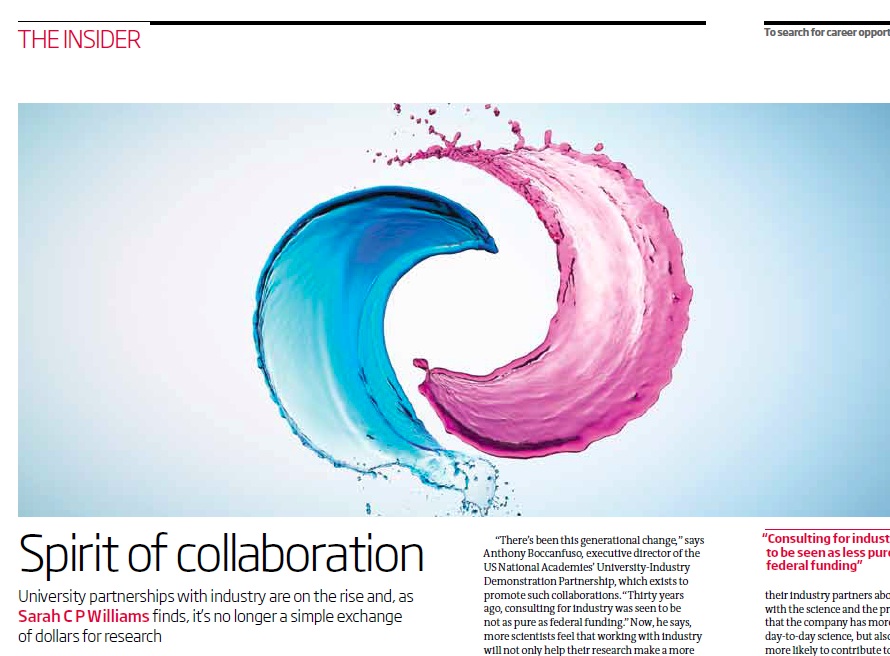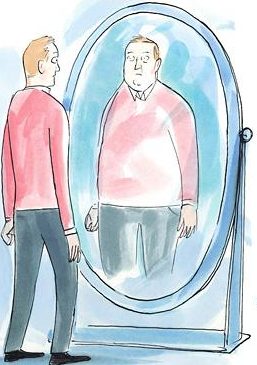The Mind as Medicine
UAB Magazine / Fall 2014 / Lying inside an fMRI machine that’s tracking her brain activity, a college student grasps a hot block in her hand. It’s just hot enough to cause her some pain—seven on a scale of one to ten, she tells a researcher. Above her, a picture flashes; it’s a snapshot of her …
